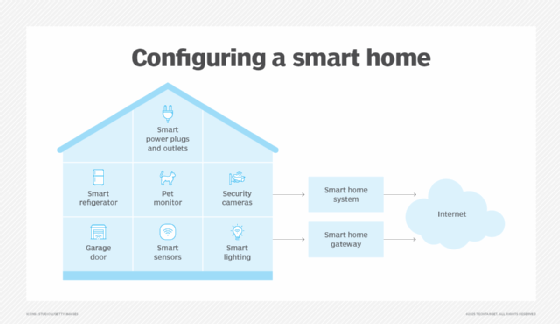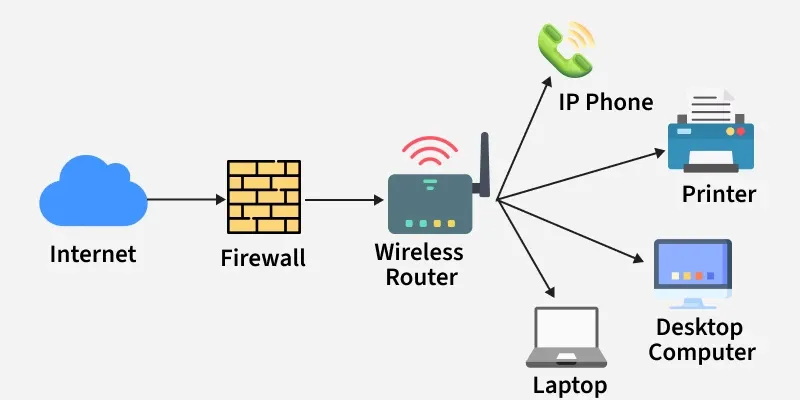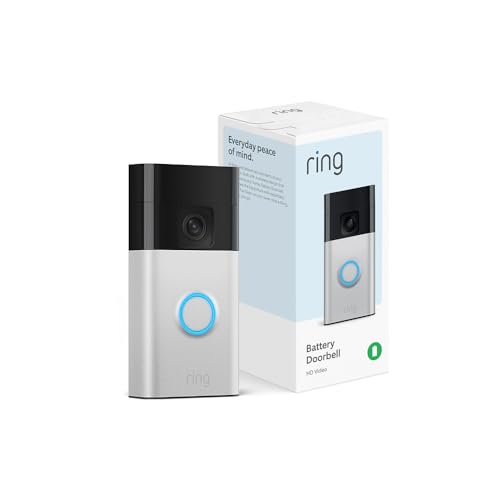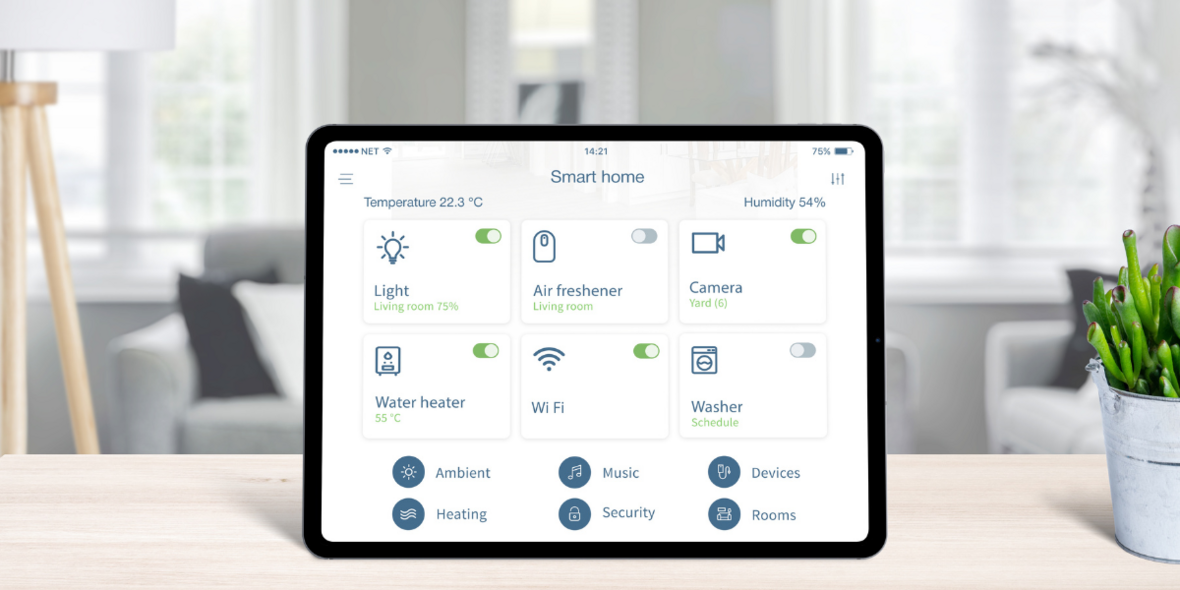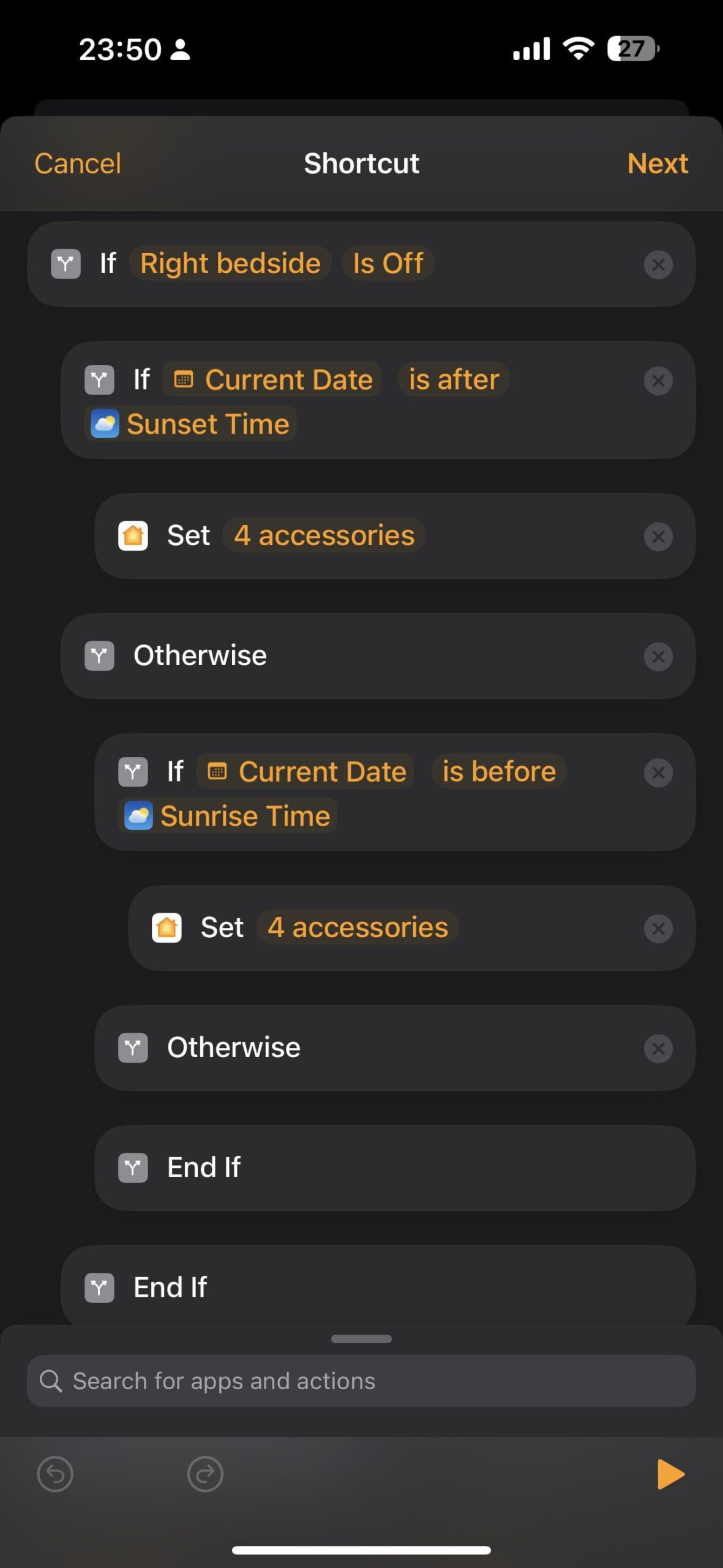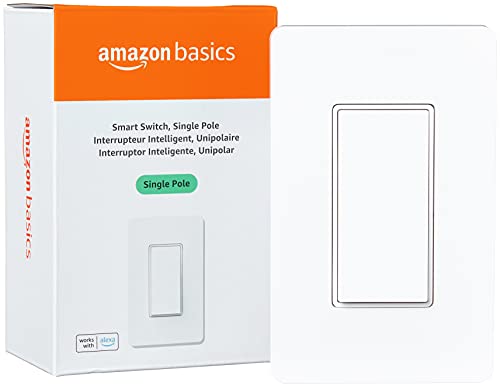Imagine controlling your lights, thermostat, and security system with just a tap on your phone. Sounds exciting, right?
If you’ve ever wondered how to start home automation, you’re in the right place. This guide will show you simple, clear steps to make your home smarter and your life easier. Whether you’re tech-savvy or a complete beginner, you’ll discover easy ways to bring comfort, security, and convenience into your daily routine.
Ready to transform your home? Let’s dive in.
Benefits Of Home Automation
Home automation lets you control your home devices easily. It makes daily life simpler and more comfortable.
Many people use home automation to save time, energy, and money. It also adds safety to your home.
Convenience And Comfort
Home automation allows you to control lights, temperature, and appliances from anywhere. You can use your phone or voice commands.
This control helps you create a comfortable home without moving around. You can set schedules for your devices to work automatically.
Energy Savings
Automated systems help reduce energy use by turning off devices when not needed. This lowers your electricity bills.
You can monitor your energy use and find ways to save more. Smart thermostats and lights adjust based on your habits.
Improved Security
Home automation includes security features like cameras, alarms, and smart locks. You can watch your home from anywhere.
These systems alert you to unusual activity. You can lock doors or turn on lights remotely to protect your home.
Increased Home Value
Homes with automation systems often sell faster and at higher prices. Buyers like smart features that make life easier.
Adding automation can be a good investment if you plan to sell your home in the future.
Better Accessibility
Home automation helps people with disabilities or the elderly. It lets them control devices without needing to move much.
Voice control and automation improve independence and safety for those who need extra help at home.
Key Components Needed
Home automation lets you control devices in your home automatically. To start, you need some key parts that work together.
These parts include hubs, sensors, lighting, security, and climate control devices. Each plays an important role.
Smart Hubs And Controllers
Smart hubs connect all your devices. They let you control everything from one place.
Controllers can be apps, voice assistants, or dedicated remotes. They make your home automation simple.
Sensors And Detectors
Sensors detect changes like motion, light, or temperature. Detectors alert you to smoke or water leaks.
These devices help your system respond automatically to events in your home.
- Motion sensors turn lights on when you enter a room
- Light sensors adjust brightness based on daylight
- Smoke detectors warn of fire hazards
- Water leak sensors prevent damage
Smart Lighting
Smart lighting lets you control lights remotely or on a schedule. You can change colors and brightness easily.
These lights save energy and add comfort to your home environment.
- LED bulbs that connect to Wi-Fi or Bluetooth
- Light strips for decoration and mood lighting
- Smart switches to control regular lights
Security Systems
Security systems include cameras, alarms, and smart locks. They protect your home and let you watch remotely.
You get alerts if something unusual happens, helping you stay safe.
- Smart cameras with live video feeds
- Door and window sensors to detect openings
- Alarms that sound on suspicious activity
- Smart locks for keyless entry
Climate Control Devices
Climate control devices include smart thermostats and air quality monitors. They keep your home comfortable.
These devices adjust heating and cooling based on your preferences and the weather.
- Smart thermostats for easy temperature control
- Humidity sensors to keep air balanced
- Air purifiers that monitor air quality
Choosing The Right Platform
Starting home automation means picking a platform that fits your needs. The right platform controls your devices well.
It is important to choose a platform that works with your devices. Think about future growth too.
Popular Home Automation Platforms
Many platforms offer smart home control. Some are easy to use, and some have more features.
- Amazon Alexa – Controls devices with voice commands
- Google Home – Works well with Google services
- Apple HomeKit – Best for Apple device users
- Samsung SmartThings – Supports many device brands
- Home Assistant – Open source and customizable
Compatibility Considerations
Check if the platform works with your devices. Not all platforms support all brands or types.
Look for platforms that support popular protocols like Wi-Fi, Zigbee, or Z-Wave. This helps your devices talk to each other.
- Wi-Fi works with many devices but can be slower
- Zigbee uses less power and is good for sensors
- Z-Wave has good range and security
- Bluetooth suits close-range devices
- Check the platform’s device list before buying
Scalability Options
Think about how your smart home can grow. Your platform should handle more devices easily.
Some platforms let you add new devices fast. Others need complex setup for growth.
- Choose platforms that support many device types
- Look for easy setup tools for new devices
- Consider platforms with good app control
- Check if the platform updates often for new features
- Plan for future smart home needs

Credit: www.youtube.com
Setting Up Your Network
Starting home automation means connecting many smart devices. A strong network keeps everything running smoothly.
Your network choice affects speed, security, and device performance. It is important to plan carefully.
Wi-fi Vs. Wired Connections
Wi-Fi lets devices connect without cables. It is easy to set up and flexible for moving devices.
Wired connections use cables for faster and more stable signals. They are good for devices that need strong links.
- Wi-Fi: Good for mobile and many devices
- Wired: Best for reliability and speed
- Use wired for hubs and important devices
- Wi-Fi works well for sensors and lights
Ensuring Network Security
Smart devices can be targets for hackers. Protect your network to keep your home safe.
Use strong passwords and update device software often. These steps help stop unwanted access.
- Set a unique Wi-Fi password
- Use WPA3 security if your router supports it
- Change default device passwords
- Keep devices and router firmware updated
- Consider a separate network for smart devices
Optimizing For Smart Devices
Smart devices need a strong signal and good network speed to work well. Plan your network for best results.
Place your router near many smart devices. Avoid walls and metal objects that block signals.
- Use Wi-Fi extenders to cover large homes
- Assign static IPs for key devices
- Limit devices on your network to reduce traffic
- Check device compatibility with your network
Step-by-step Installation
Starting home automation can make your life easier and more comfortable. This guide helps you install your system step-by-step.
Follow these steps to plan, install, configure, and test your home automation devices correctly.
Planning Your Automation Layout
Begin by deciding which rooms and devices you want to automate. Think about your daily needs and routines.
Create a simple map or list of device locations to avoid confusion during installation.
- Choose key areas like living room, kitchen, and bedroom
- List devices such as lights, thermostats, and cameras
- Plan where to place control hubs or smart speakers
- Check Wi-Fi coverage in all planned areas
Installing Devices
Install devices according to the manufacturer’s instructions. Use proper tools and safety measures during installation.
Mount devices securely and connect them to power or batteries as needed.
- Turn off power before installing wired devices
- Use screws or adhesive pads for mounting
- Place sensors in recommended positions
- Keep devices within Wi-Fi or hub range
Configuring Settings
Use the app or control panel to connect devices to your home network. Follow prompts to link devices to your hub or phone.
Set preferences like schedules, notifications, and device names for easy control.
- Connect each device to your Wi-Fi or smart hub
- Assign clear names for each device
- Create schedules for automation tasks
- Adjust sensitivity and notification settings
Testing And Troubleshooting
Test each device to ensure it works as expected. Check if commands respond quickly and automation runs smoothly.
If a device does not work, check connections, power, and network settings. Restart devices or apps if needed.
- Test voice commands or app controls
- Check device status on the app
- Restart devices if unresponsive
- Consult manuals for error codes or help

Credit: www.lasco.com.ph
Creating Automation Scenes And Routines
Home automation lets you control devices automatically. Scenes and routines help you manage multiple devices together.
You can create scenes that set moods or routines that handle daily tasks. This makes your home smarter and easier to use.
Scheduling Tasks
Scheduling tasks lets your devices work on a set time. You can turn lights on or off without touching a switch.
Set schedules for things like watering plants, turning on heaters, or closing blinds automatically.
- Choose the time and days for the task
- Pick devices to include in the schedule
- Save and test the schedule to make sure it works
Using Voice Assistants
Voice assistants help you control your home with simple commands. You can say phrases to activate scenes or routines.
Connect your devices with assistants like Alexa, Google Assistant, or Siri to make voice control easy.
- Set up your voice assistant app
- Link your smart devices to the assistant
- Use voice commands to start scenes or routines
Customizing Triggers
Triggers tell your automation when to start. They can be time, device status, or sensor changes.
Custom triggers let you create smart responses that fit your lifestyle and needs.
- Use motion sensors to turn on lights
- Set temperature triggers for heating or cooling
- Start routines when you arrive or leave home
Maintaining And Expanding Your System
Starting home automation is just the first step. Keeping your system updated and adding new devices helps it work better. You also need to watch how well your system performs.
Regular care makes sure your smart home runs smoothly. Expanding your system lets you enjoy more features and convenience.
Regular Updates
Keep your home automation software and apps updated. Updates fix bugs and add new features. They also improve security to protect your devices.
Set your system to update automatically if possible. Check for updates often if you need to do it yourself.
- Update device firmware regularly
- Install app updates on your phone or tablet
- Restart devices after updates to apply changes
Adding New Devices
Add new devices to expand your home automation system. Choose devices that fit your needs and work with your current setup. This helps you control more parts of your home.
Check if new devices are compatible with your system before buying. Follow instructions to connect them properly.
- Select devices that use the same hub or app
- Start with simple additions like smart bulbs or plugs
- Test new devices before full installation
Monitoring Performance
Watch how your home automation system works daily. Look for delays, connection problems, or devices not responding. Early checks help avoid bigger issues.
Use apps or dashboards to check device status and network health. Keep a log of problems and fixes to track performance over time.
- Check device connections and battery levels
- Review system alerts and notifications
- Test automation routines regularly
Common Challenges And Solutions
Starting home automation can be exciting but also tricky. Many people face problems while setting up devices.
Knowing common challenges helps you avoid mistakes. This guide covers issues and easy solutions.
Device Compatibility Issues
Not all smart devices work well together. Different brands may use different systems or apps.
Choose devices that support common standards like Zigbee or Z-Wave. This helps them connect easily.
- Check device compatibility before buying
- Use a central hub to link devices
- Pick brands known for wide support
Network Connectivity Problems
Home automation needs a strong Wi-Fi connection. Weak signals cause delays and errors.
Place your router centrally and avoid obstacles. Use Wi-Fi extenders if your home is large.
- Test Wi-Fi speed in different rooms
- Use Ethernet cables for fixed devices
- Restart your router regularly
Complex Setup Processes
Some devices need many steps to set up. This can confuse new users and cause errors.
Follow manuals carefully. Watch tutorial videos or ask for help if stuck.
- Read instructions before starting
- Keep device manuals handy
- Use apps designed for easy setup
Security And Privacy Concerns
Smart devices connect to the internet. This can create risks if not secured properly.
Use strong passwords and update device software. Turn off features you do not use.
- Change default passwords immediately
- Enable two-factor authentication
- Regularly update device firmware
High Initial Costs
Buying many smart devices can cost a lot at first. This may stop some people from starting.
Start with a few essential devices. Add more over time as budget allows.
- Buy smart bulbs or plugs first
- Choose devices with multiple uses
- Look for sales or discounts

Credit: www.youtube.com
Frequently Asked Questions
What Is The First Step In Starting Home Automation?
The first step is to identify your needs and budget. Choose key devices like smart lights or thermostats. Research compatible systems for easy integration and future expansion.
Which Devices Are Essential For Home Automation Beginners?
Start with smart bulbs, plugs, and voice assistants. These devices are affordable, easy to install, and improve convenience. They create a foundation for expanding your smart home setup.
How Do I Ensure My Home Automation Is Secure?
Use strong passwords and enable two-factor authentication. Keep your devices updated with the latest firmware. Avoid using public Wi-Fi for controlling your smart home.
Can I Automate My Home Without Professional Help?
Yes, many devices offer simple DIY installation with user-friendly apps. Start with basic setups and expand as you gain confidence. Online tutorials and support forums can guide you.
Conclusion
Starting home automation is easier than it seems. Begin with small, simple devices. Smart lights and plugs are a good start. Gradually add more features as you learn. Always prioritize safety and privacy. Research your devices thoroughly. Ensure they are compatible with each other.
Budget wisely to avoid overspending. Home automation enhances comfort and efficiency. It also makes life more convenient. Embrace technology at your own pace. Enjoy the benefits of a smart home. Stay informed about new advancements. This will help make better choices.
Happy automating!
23 min read

